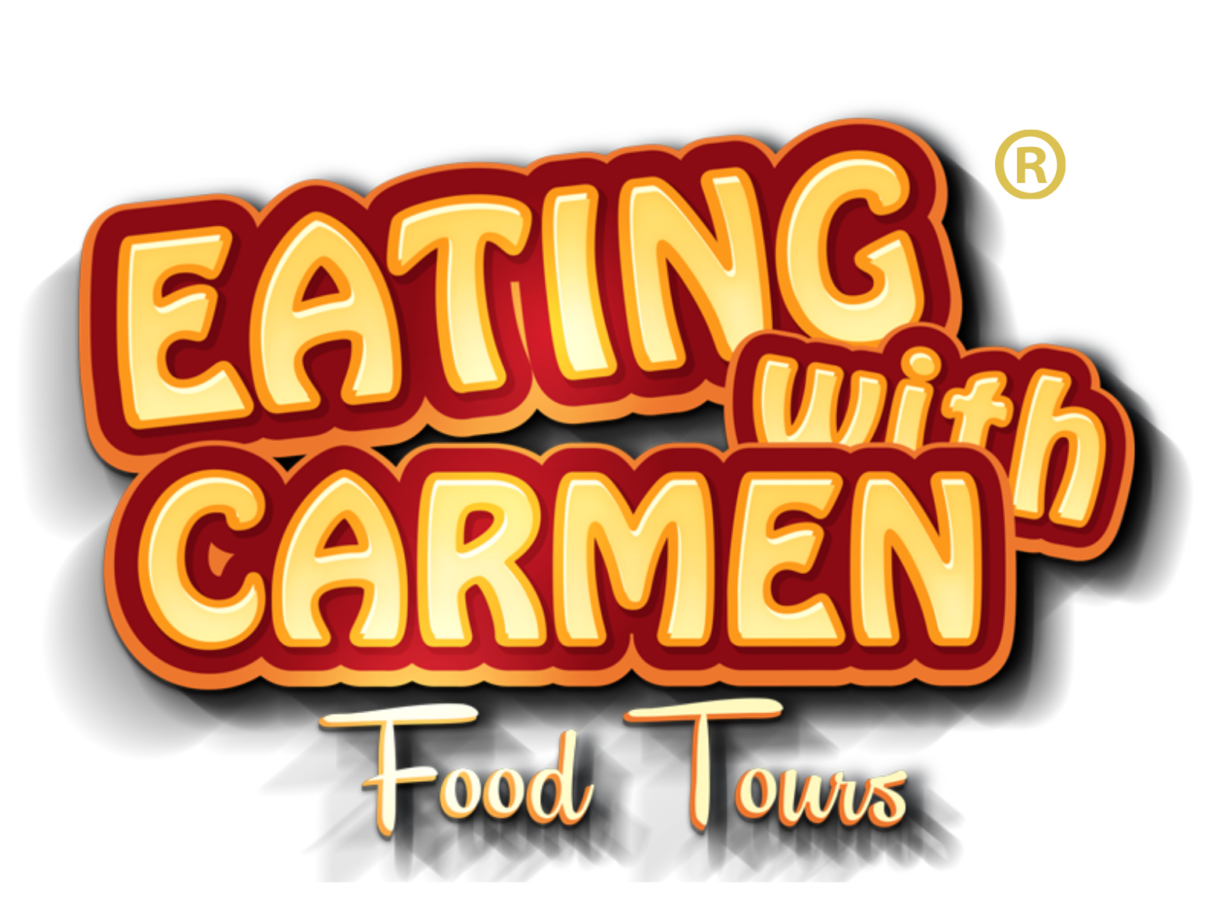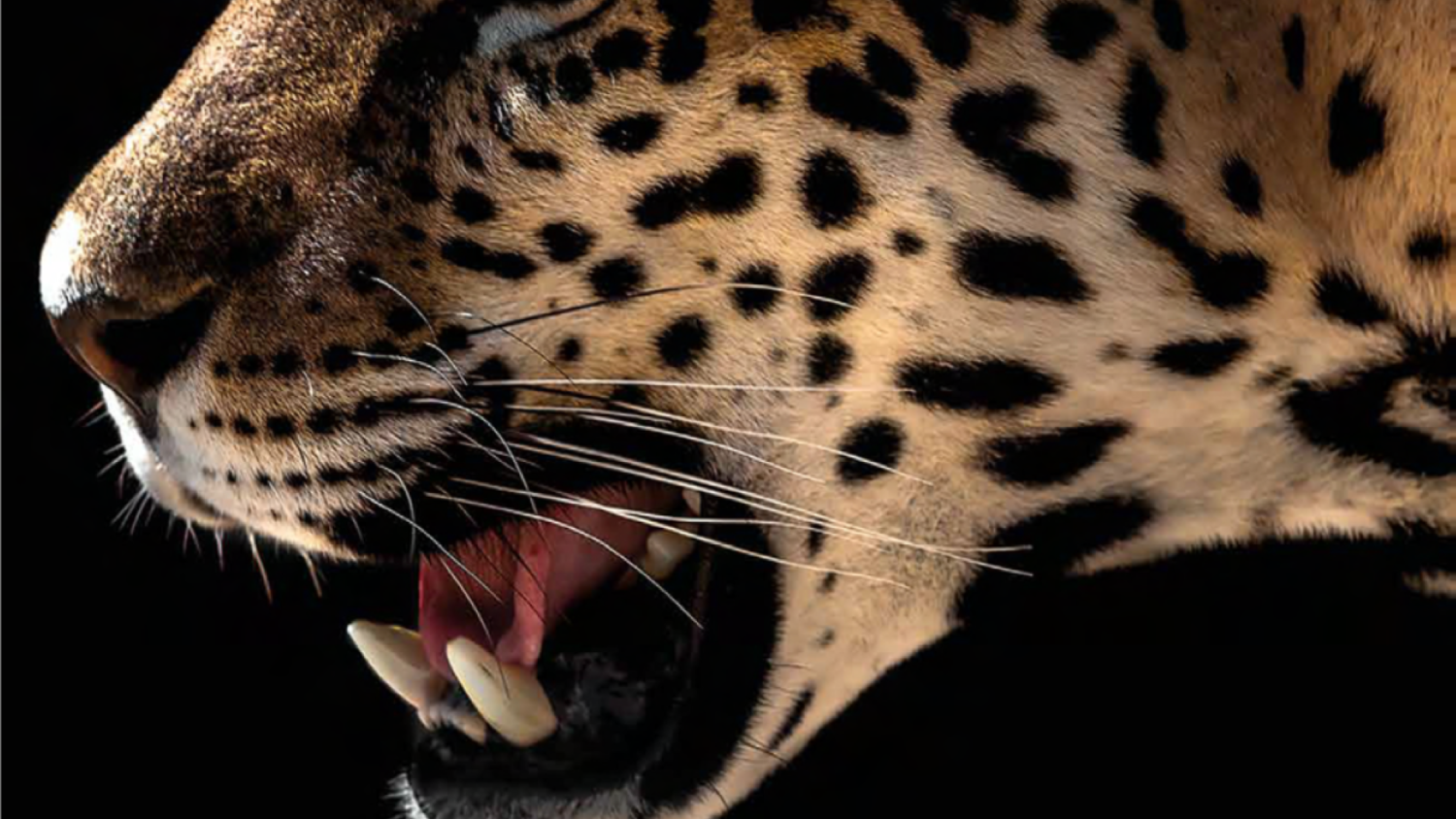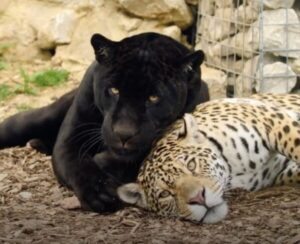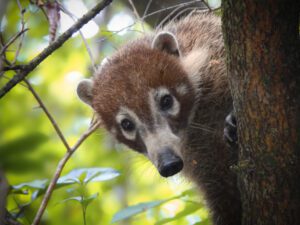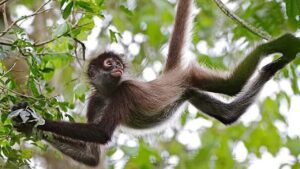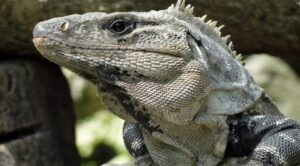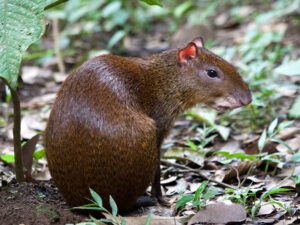DISCOVERING THE BIODIVERSITY OF THE MAYAN RIVIERA
The beautiful state of Quintana Roo, located in the south tip of Mexico, is mostly decorated by the lush Mayan jungle, covering the aquatic vegetation such as mangroves, cenotes, palm groves, and the worldwide famous beaches, providing life to the unique creatures living within.
Originally inhabited by the Mayans, who depended both culturally and economically on the abundant natural resources that these lands offer, pioneers in their appreciation, care, and preservation. Just like the ancient Mayan settlers, it’s in our hands to learn how to take care of these lands and their creatures, who have been here long before us and probably have one or two lessons to teach us. From cute little rodents to wild mammals, the Yucatan Peninsula never ceases to amaze us with its wide and incredible biodiversity.
PART 1: THE JUNGLE
source: evlyn.online
The Mayan Riviera tropical forest is an environment with warm sub-humid climates and summer rains dominated by all kinds of trees and plants sometimes reaching more than 30 meters high such as the mahogany tree, ceiba, cedar, chit palm, mamey, and zapote tree. Among 1,500 species of other plants, we can also find orchids, ferns, mosses, achiote, chaya, coconut, and lichens growing all around the jungle.
Of all the ecosystems in Quintana Roo, the jungles certainly are of great value, because these humid forests are home and refuge to a large part of the native flora and fauna of this region. In addition to this, the exploitation of wood is considered one of the most lucrative activities for the economy of the area.
Join me on this adventure to discover some of the main characters within this Magical Rainforest:
The Jaguar, Lord of the Jungle
Mayan Name: Balam
Scientific name: Panthera onca.
The only one of the five species of genus Panthera native to the Americas. The largest cat species in the Americas and the third largest in the world. With a body length of up to 6 ft and a weight of up to 350 lb. Famously recognized by its marked coat covered by spots that transition to rosettes on the sides. The jaguar’s powerful bite allows it to pierce the carapaces of turtles and tortoises, and to employ an unusual killing method: it bites directly through the skull of mammalian prey between the ears to deliver a fatal blow to the brain. Scary…
As with leopards, some specimens are born with higher melanin on their coats making them darker, both cases are known as Black Panthers.
source: theepochtimes.com
White-Nosed Coati, ‘the hog-nosed raccoon’.
Mayan Name: Chi’ik
Scientific name: Nasua narica.
These diurnal cousins of the Racoons roam all over the Mayan Rivera, either solo or in bands of up to twenty-something individuals foraging for food during the day. The coati snout is long and somewhat pig-like – part of the reason for its nickname. It is also extremely flexible and can rotate up to 60° in any direction. They use their noses to push objects and rub parts of their body. The facial markings include white markings around the eyes and on the ears and snout. White-nosed coatis are important pollinators of the balsa tree, by inserting their noses into the flowers of the tree and ingesting nectar, while leaving the flower un-damaged. Pollen from the flowers covers the face of the coati and disseminates through the surrounding forest.
source: naturalista.mx
Our friendly neighborhood: Spider Monkey
Mayan Name: Ma’ ax
Scientific name: Ateles geoffroyi.
Disproportionately long limbs and long prehensile tails make them one of the largest monkeys in the Americas and are also the reason for their common name. Spider monkeys live in the upper layers of the rainforest, and forage in the high canopy. They are social animals and live in bands of up to 35 individuals, but often split up during the day to forage. Mayan Kings used to give Spider Monkeys as gifts and as a sign of respect to other Monarchs.
source: forbes.com.mx
The Black Yucatecan Iguana
Mayan Name: Tolok
Scientific Name: Ctenosaura similis.
Spiny-tailed Black Iguana about half a meter long, proudly native to the Yucatan peninsula. This ancient reptile is easily found almost everywhere in the cities of the Riviera or in other popular touristic places such as cenotes and ancient Mayan cities as their mysterious guardian. You can take a good long look and admire them while they remain still for long hours under the sun just, like statues, to preserve their body temperature because their cold blood does not get as warm as the weather of the region. The Tolok’s favorite food is based on plants, shrubs, or some local fruits scattered around the ground.
source: memorycatcher.travel
Central American Agouti A.K.A. Sereque
Mayan Name: Tzuub
Scientific Name: Dasyprocta punctate
A furry rodent from up to 2 ft long, that looks like a cross-breed between a rabbit and a squirrel and feeds on leaves, fruits, roots, and seeds, which they usually bury and recover whenever they get hungry again, the funny thing is that most of the time they can’t remember where they bury them in the first place, thus becoming natural gardeners by planting seeds of local trees here and there. This home-loving species, get shelter in spaces that cover 2-3 hectares, which they undoubtedly will defend either from members of the same species or other carnivores that wish to take them as prey.
source: naturalista.mx
Peccary, the Mayan Pumba
Mayan Name: Kitam
Scientific Name: Collared (Dicotyles tajacu) & White-lipped (Tayassu pecari)
These two pig-like species have been an essential part of the diet and identity of the ancient Mesoamerican culture. The Collared Peccary is more abundant compared to the White-lipped Peccary, however, both species consider the peninsula, and especially Quintana Roo, as a habitat with conditions suitable to live and thrive given that they mainly take refuge in Protected Natural Areas, otherwise, they would have been entirely extinct by now. They have an excellent sense of smell, a particularity that helps them find fruits, seeds, and roots under the ground but also feeds on grass and invertebrates. Another distinctive feature of the kitam is its penetrating odor, which emanates from a gland located in the collar of its back. They’re an important prey for the Jaguars, however, when in large groups they can – and have been known to – drive these predators away with their loud vocalizations.
Cases of hybrid offspring produced by these two peccary species have been documented at the London and Manaus Zoos but never in the wild.
source: inaturalist.org
These are but six of the many, many land animals you can find in the amazing Mayan Jungle, along with The Gray Fox, The White-Tailed Deer, Rat Snakes, Cozumel Racoons, Opossums, Porcupines, Anteaters, over 175 different species of Spiders, and so much more!
(Spin-backed Orb-weaver Spider Gasteracantha cancriformis – scary-looking yet harmless)
source: inaturalist.org
And this my friends is but a third of all the little critters I’d like to show you from our biodiverse paradise. So stay tuned for the next 2 blog entries about Mayan Wildlife: Air and Water!
But for now, I leave you with the task of going out exploring to try and find all of these beautiful beings that share our home with us.
Stay curious!
– Abbey the adventurer!
